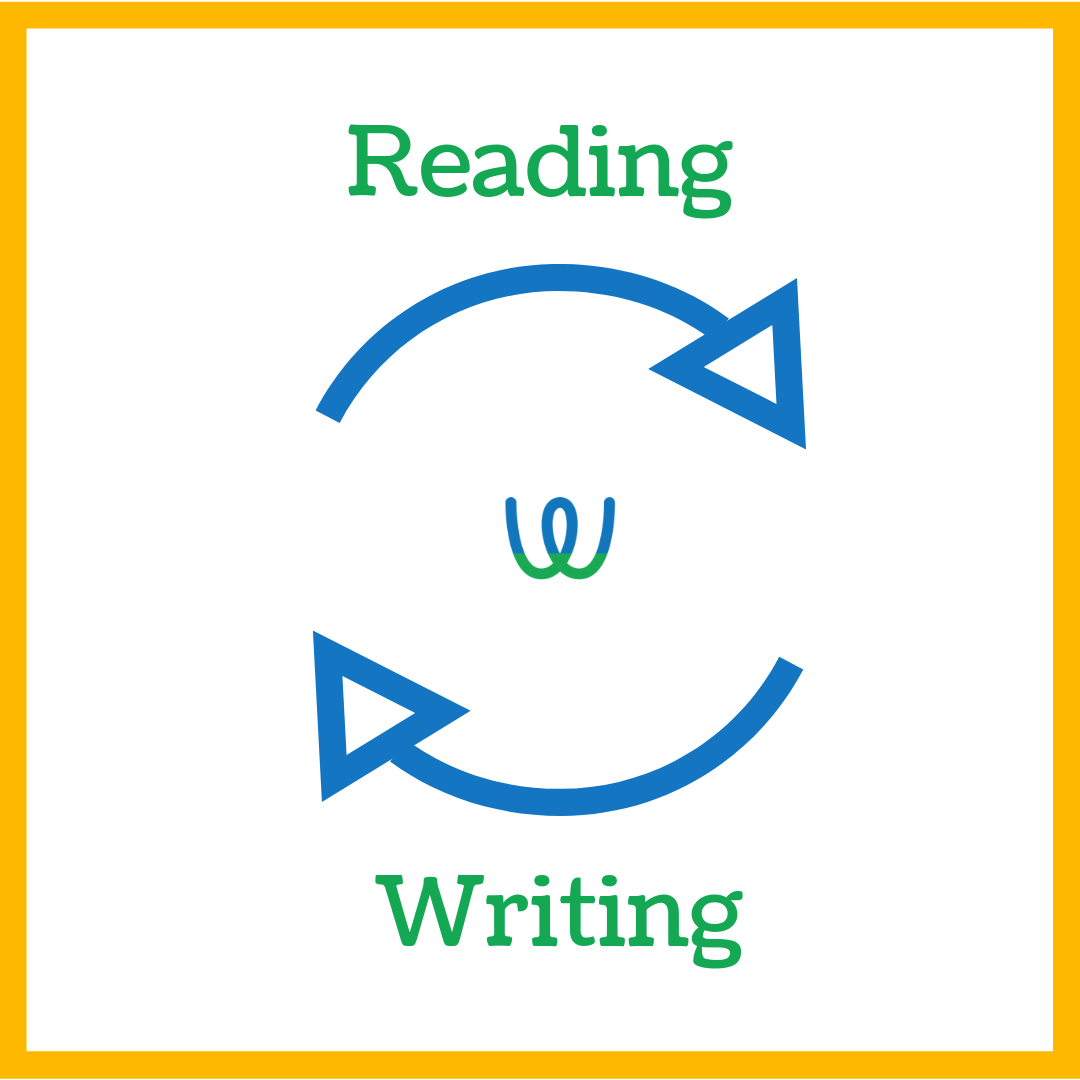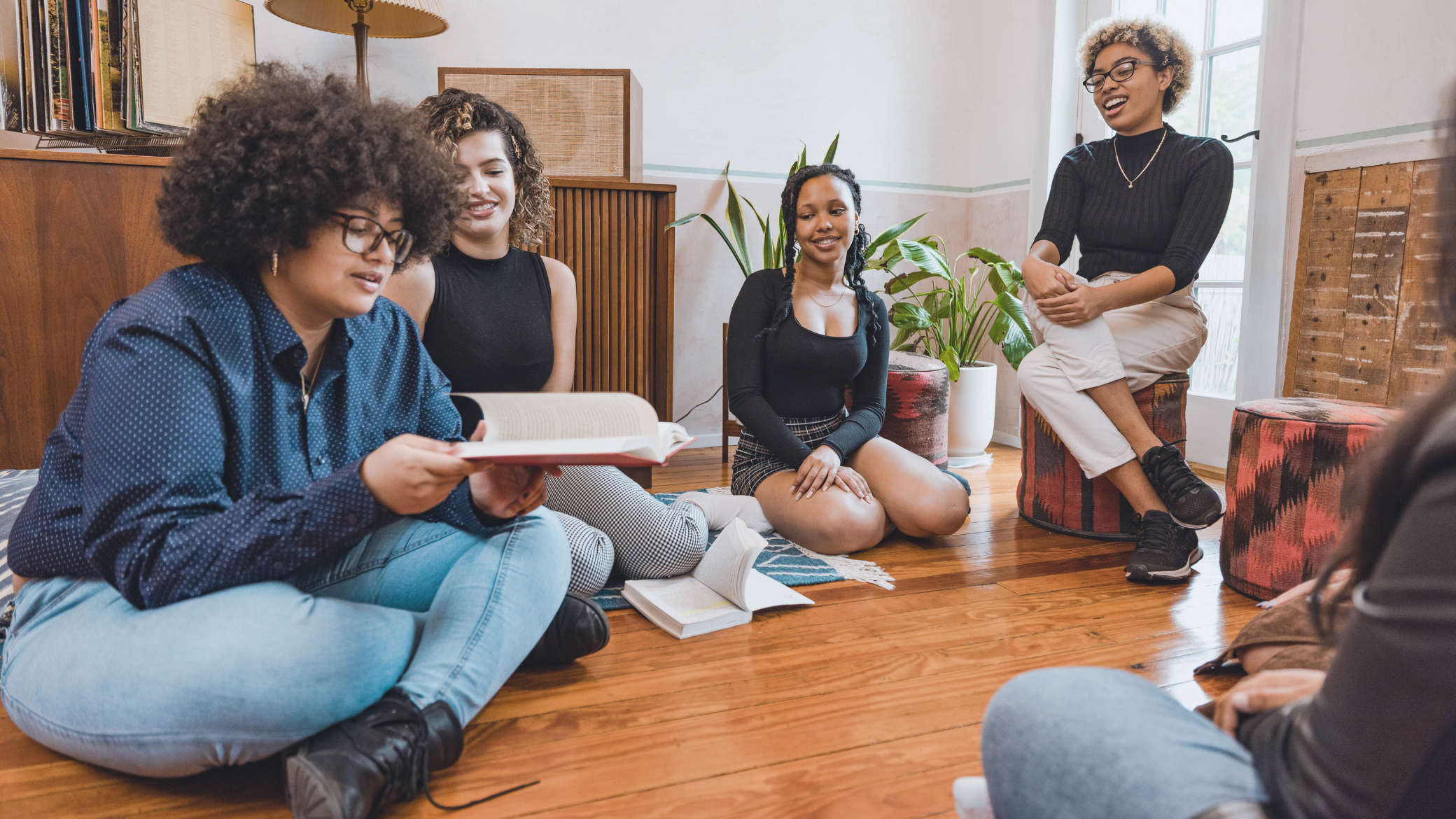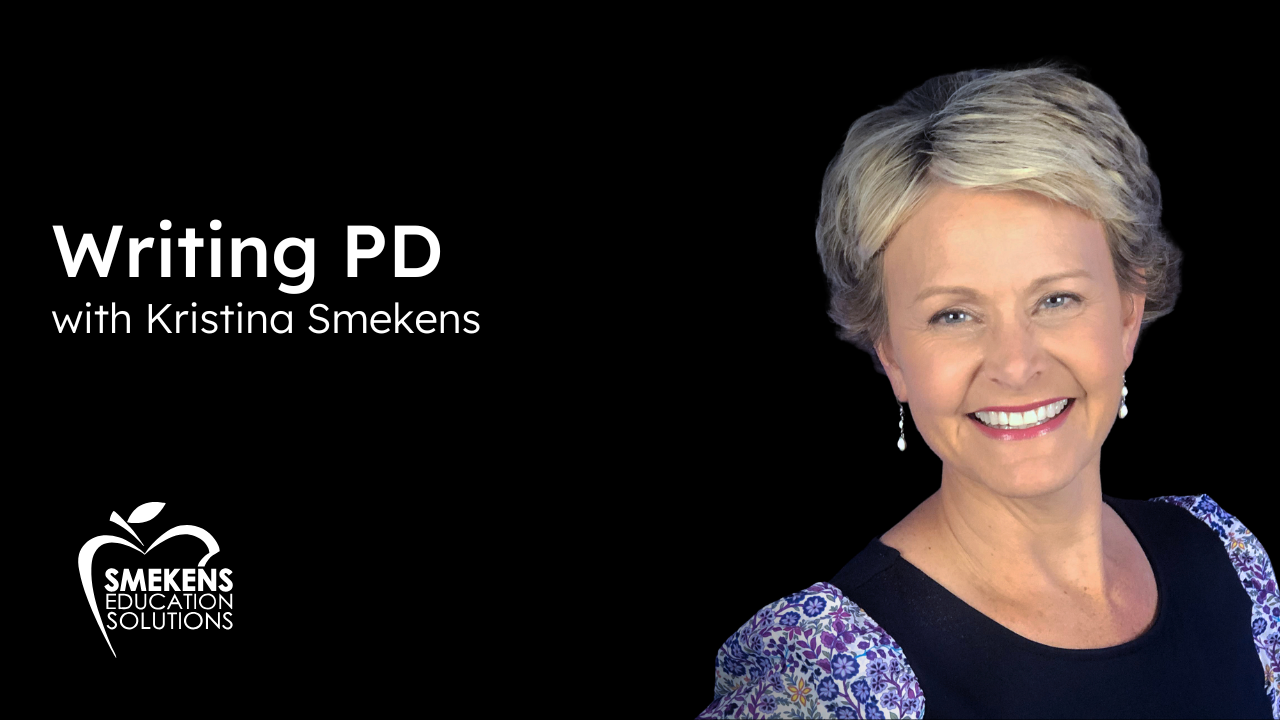Despite its grounding in research, the reading and writing connection is one of the least understood buzz terms in the teaching literacy world. Part of the problem is that the phrase appears so obvious we never stop to examine the underlying connection…Of course reading and writing are intertwined – it’s all just words, isn’t it?
All curriculums place an emphasis on reading and writing throughout a student’s career. Students consistently write about things they read, and are exposed to work of prolific writers. But this is not the same as helping students to understand the reciprocal, recursive nature of reading and writing.
To do that, we need to deliberately show students how reading thoughtfully can help to improve their writing, and how writing conscientiously can help advance their reading skills. Teachers can take more meaning from the reading and writing connection when we think in terms of genre. In other words, teachers can frame the teaching of a text around its unique structure and style – whether that is narrative, poetry, argument, or otherwise – and have students examine the specific merits of that particular kind of text.
Too often, literary analysis becomes the singular mode of writing for students , especially in high school English classes. As my mentor Bill Sowder says, “Most of our students will not become English teachers, so we need to teach them with that understanding in mind.” (I may be paraphrasing, Mr. Sowder.)
When we use a genre-based approach to connect reading with writing, students can see how carefully examining different genres of work can help them to better craft the content of their own writing.

Below are three genre-based approaches that I’ve use in my own classroom to amplify the reading and writing connection. I’ve found it especially helpful to use Writable, as it allows me to easily customize projects in my Google Classroom, adding in my chosen readings right next to my scaffolded writing assignments.
Studying poetry through the art of imitation
A few years ago, I was struggling to find a way to make advanced poetry more accessible to my developing readers, while also getting students to enjoy creating their own poems.
This became an entire unit that focused on reading poems and imitating their unique style. By using this imitation approach to scaffold my teaching, each poetry reading automatically became focused: students determined how the poet was structuring and styling the poem, and in turn analyzed the effects of those choices.
Next students demonstrated their understanding by incorporating a poem’s style into their own work. For example, students used Pablo Neruda’s “Ode to My Socks,” to write their own odes to important (or not so important) items in their lives. “Ode to My Earphones,” “Ode to My Deck of Cards,” and “Ode to My Paperclip” are a few student examples that stand out in my memory. The unit ended with a poetry read aloud, solidifying the connection between reading and writing skills.
Here are my favorite mentor texts:
- “Where I’m From” by George Ella Lyon
- “Ode to My Socks” by Pablo Neruda
- “Introduction to Poetry” by Billy Collins
Extending the narrative to learn a writer’s craft
Narrative writing is often dismissed by literature teachers because of the common belief that that it lacks the rigor of other writing tasks, such as literary analysis. However, the problem with avoiding narrative writings is that it is the foundation for all of the most popular works of writing in existence. A great essay, speech, or editorial piece all harness the power of storytelling.
One way that teachers can blend the rigorous study of literature, while still engaging students with more popular narrative pieces, is by having their students read through the lens of craft study. This is the intentional study of the moves and decisions that good writers make through their process of composing a text. Instead of simply reading to identify and analyze literary elements, try the reading strategy of leading students through an analysis exercise around the decisions the writer has made in regards to word choice, rhetorical devices, and structure.
Next ask students to “continue the story” in order to demonstrate their understanding of the writer’s craft by emulating the style of the author used in the exercise. For example, this fall my students will write a “bonus scene” from The Crucible, describing a secret conversation between any two of the characters that helps to shed light on the mystery surrounding the Salem Witch Trials. Students will emulate the structure, style, and dialect used in The Crucible, as well as use historically appropriate context and vocabulary.
My favorite works of writing to use for this exercise:
- The Crucible by Arthur Miller
- The Handmaid’s Tale by Margaret Atwood
- Great Expectations by Charles Dickens
Open the door to writing arguments with popular editorial pieces
All students have opinions (especially teenagers), and it is the responsibility of teachers to utilize reading and writing to help kids explore, support, and potentially alter their opinions. A genre study of editorials is a great way to give kids the chance to read and write about the topics they care about, while emphasizing the reading and writing connection.
I often begin an editorial unit by having students examine a few works of writing by the same writer. Leonard Pitts is a popular starting point in my classroom because of his distinct voice and razor sharp perspectives. Teacher and author Penny Kittle points to a few great pieces from Pitts to teach editorials, found here and here. After reading through the pieces, defining their genre, and examining the way Pitts uses style to convey his argument, students select their own topics, conduct research, and write their editorials.
Materials I use to jumpstart support this writing strategy:
- 10 Ways to Teach Argument with the New York Times
- Student editorial rubric
- 401 Prompts for Argumentative Writing
Bonus: Have students submit their editorials to the New York Times Student Editorial Contest.
These three genre-based reading and writing connection ideas are just a starting point for your own lesson and unit planning.The ultimate goal is to make the reading and writing connection clear to students (and ourselves). By deliberately teaching students about the connection between the way someone writes and the message they ultimately convey to the reader, we help our students to understand the important circular relationship that is always occurring between reading and writing.
To once again echo the words of my own teacher, Mr. Sowder: not all of our students will be English majors, but emphasizing the reading and writing connection will give them the literacy skills they need to succeed, regardless of their chosen life path.
New to Writable and curious to learn more? Request a quote or schedule a quick demo.




